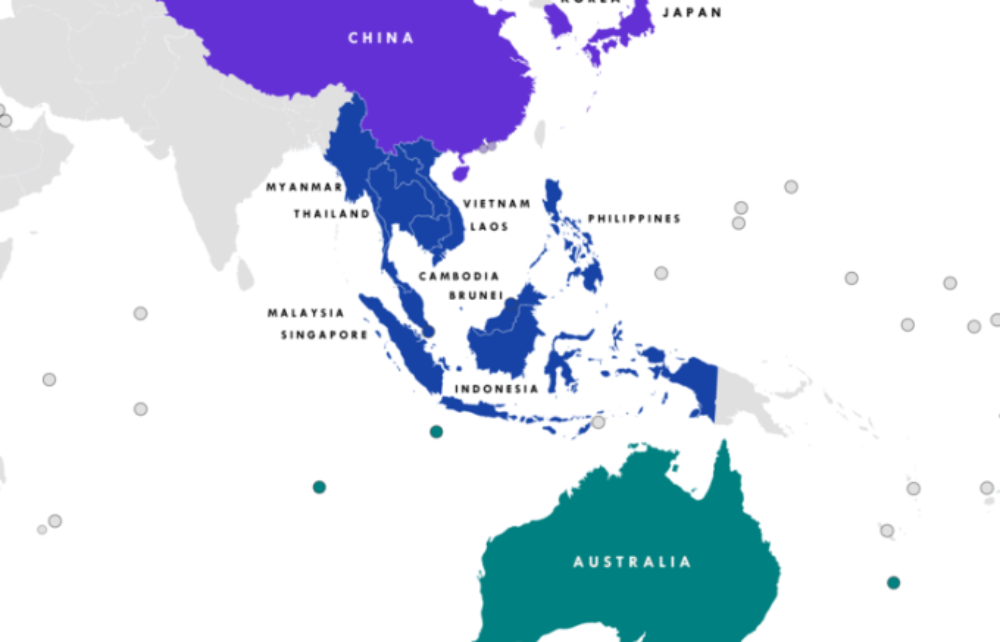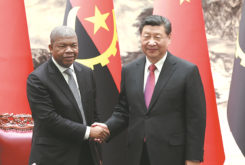Considered the world’s largest trade deal, the Regional Comprehensive Economic Partnership, or RCEP, came into effect on 01 January 2022, including China, but excluding the United States.
Gan Kim Yong, Singapore’s minister for trade and industry, told CNBC that RCEP is an important agreement that will boost trade collaboration and integration within the region. “For the businesses, I think they can look forward to quite a lot of benefits. For a start, in terms of tariffs, businesses can enjoy up to 92% in terms of tariff reduction,” Gan said. “This will save costs for businesses, it will also facilitate market access.”
The trade deal was signed by the 10 member states of the Association of Southeast Asian Nations and five of their largest trading partners: China, Japan, South Korea, Australia and New Zealand. Those countries make up a market of 2.2 billion people and USD 26.2 trillion of global output.
“RCEP is also an important signal to the rest of the world that the member countries look at integration and collaboration as an important way to continue to fuel the economic growth in the region, so, they believe in a rules-based multilateral trading system,” Gan said.
The pact will allow for greater transparency and facilitate services exports in areas such as professional services, computer and business services as well as logistics and distribution, the trade minister said. Investors can also benefit from greater certainties around their investments, he added.
Analysts have previously said that RCEP’s economic benefits are modest and that it would take years to materialize. However, the deal has widely been seen as a geopolitical victory for China at a time when U.S. economic influence in Asia-Pacific has waned.
China holds to schedule for new rules on food imports despite calls for delay by trade partners
RCEP paves the way for member countries to discuss ways to make Asia-Pacific supply chains more resilient, the minister said, adding that the agreement simplifies customs processes and shipment clearances, among other provisions.
“To a significant extent, it does facilitate logistics and distribution as well as supply chain resilience,” he said. “To ensure supply chain remains resilient, it will [have to] go beyond just the document in RCEP. It will require key players to come together to look for solutions.”




